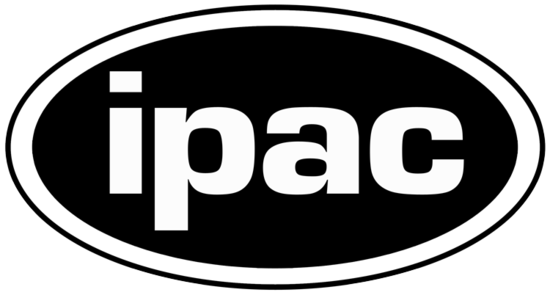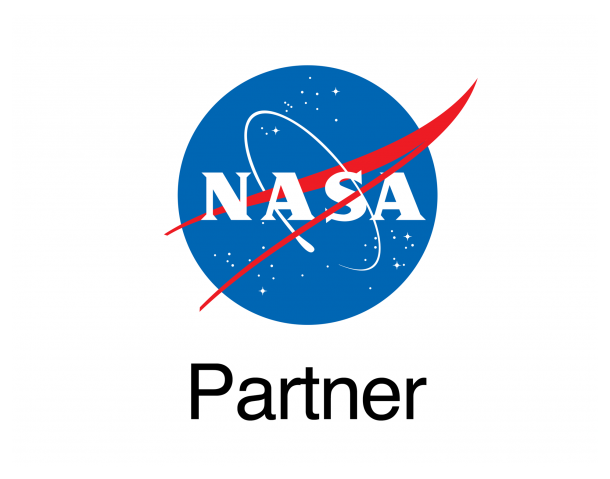Herschel's View of the W3/W4/W5 Complex

nhsc_nhsc2017-002d September 18th, 2017
Credit: ESA/Herschel/NASA/JPL-Caltech CC BY-SA 3.0 IGO; Acknowledgement: R. Hurt (JPL-Caltech)
The bubbles and wisps portrayed in this image by ESA's Herschel Space Observatory reveal great turmoil in the W3/W4/W5 complex of molecular clouds and star-forming regions. Located over 6000 light-years away, in the northern constellation Cassiopeia, it is one of the best regions in which to study the life and death of massive stars in our Milky Way galaxy.
Observing the sky at far-infrared and sub-millimetre wavelengths from 2009 to 2013, Herschel could catch the faint glow of dust grains interspersed in these clouds. Astronomers can use this glow to trace the otherwise dark gas where star formation unfolds.
The three regions that make up the complex W3, W4, and W5 owe their name to astronomer Gart Westerhout, who first identified them in the 1950s as the third, fourth and fifth sources of his survey of the Galaxy at radio wavelengths.
The bright, white region towards the top right of the image, hosting three brilliant spots, is W3, a giant molecular cloud containing one of the most active factories of massive stars in the outer Milky Way. For its star-making activity, the cloud draws from a total reservoir of raw material equivalent to several hundred thousand times the mass of our Sun.
The large, blue-greenish cavity to the lower left of W3 is W4, a bubble carved by winds and supernova explosions of the massive stars in IC1805, the star-forming region at its core.
The other large cavity, on the left side of the image, is W5, consisting of two adjacent bubbles powered by intense winds and explosions of the massive stars that are coming to life in several stellar nurseries nestled within this region.
Many seeds of new stars in this complex, especially in W3 and W5, have been observed along pillars, edges, and other features that are being sculpted in the cloud material by the mighty effects of nearby massive stars. This suggests that each generation of stars is triggering the formation of the next one.
While these regions are prime locations to study the poorly understood processes that lead to the formation of massive stars, they also host large amounts of young, low-mass stars, providing astronomers with an extraordinary laboratory to investigate the full complexity of star formation in the Milky Way.
This two-colour image combines Herschel observations at 70 microns (cyan) and 100 microns (orange), and spans about 8.4 by 2.9; north is up and east to the left.
Provider: Herschel Space Observatory
Image Source: https://www.herschel.caltech.edu/image/nhsc2017-002d
Curator: NASA Herschel Science Center, Pasadena, CA, USA
Image Use Policy: Public Domain

- ID
- nhsc2017-002d
- Subject Category
- Subject Name
- W3, W4, W5
- Credits
- ESA/Herschel/NASA/JPL-Caltech CC BY-SA 3.0 IGO; Acknowledgement: R. Hurt (JPL-Caltech)
- Release Date
- 2017-09-18
- Lightyears
- 6,000
- Redshift
- 6,000
- Reference Url
- https://www.herschel.caltech.edu/image/nhsc2017-002d
- Type
- Observation
- Image Quality
- Good
- Distance Notes
- Facility
- Herschel, Herschel
- Instrument
- PACS, PACS
- Color Assignment
- Cyan, Orange
- Band
- Infrared, Infrared
- Bandpass
- Central Wavelength
- 70000, 100000
- Start Time
- Integration Time
- Dataset ID
- Notes
- Coordinate Frame
- GAL
- Equinox
- 2000
- Reference Value
- 144.0, 0.0
- Reference Dimension
- 9505, 6750
- Reference Pixel
- -3994.5, 636.5
- Scale
- -8.88888888888900e-04, 8.88888888888900e-04
- Rotation
- -0
- Coordinate System Projection:
- CAR
- Quality
- Full
- FITS Header
- Notes
- coordinates in not widely supported GAL format
- Creator (Curator)
- NASA Herschel Science Center
- URL
- http://www.herschel.caltech.edu/
- Name
- Telephone
- Address
- 1200 E. California Blvd.
- City
- Pasadena
- State/Province
- CA
- Postal Code
- 91125
- Country
- USA
- Rights
- Public Domain
- Publisher
- NASA Herschel Science Center
- Publisher ID
- nhsc
- Resource ID
- Resource URL
- https://www.herschel.caltech.edu/system/avm_image_sqls/binaries/179/original/nhsc2017-002d.tif
- Related Resources
- Metadata Date
- 2024-02-26T23:10:04Z
- Metadata Version
- 1.1
Detailed color mapping information coming soon...













